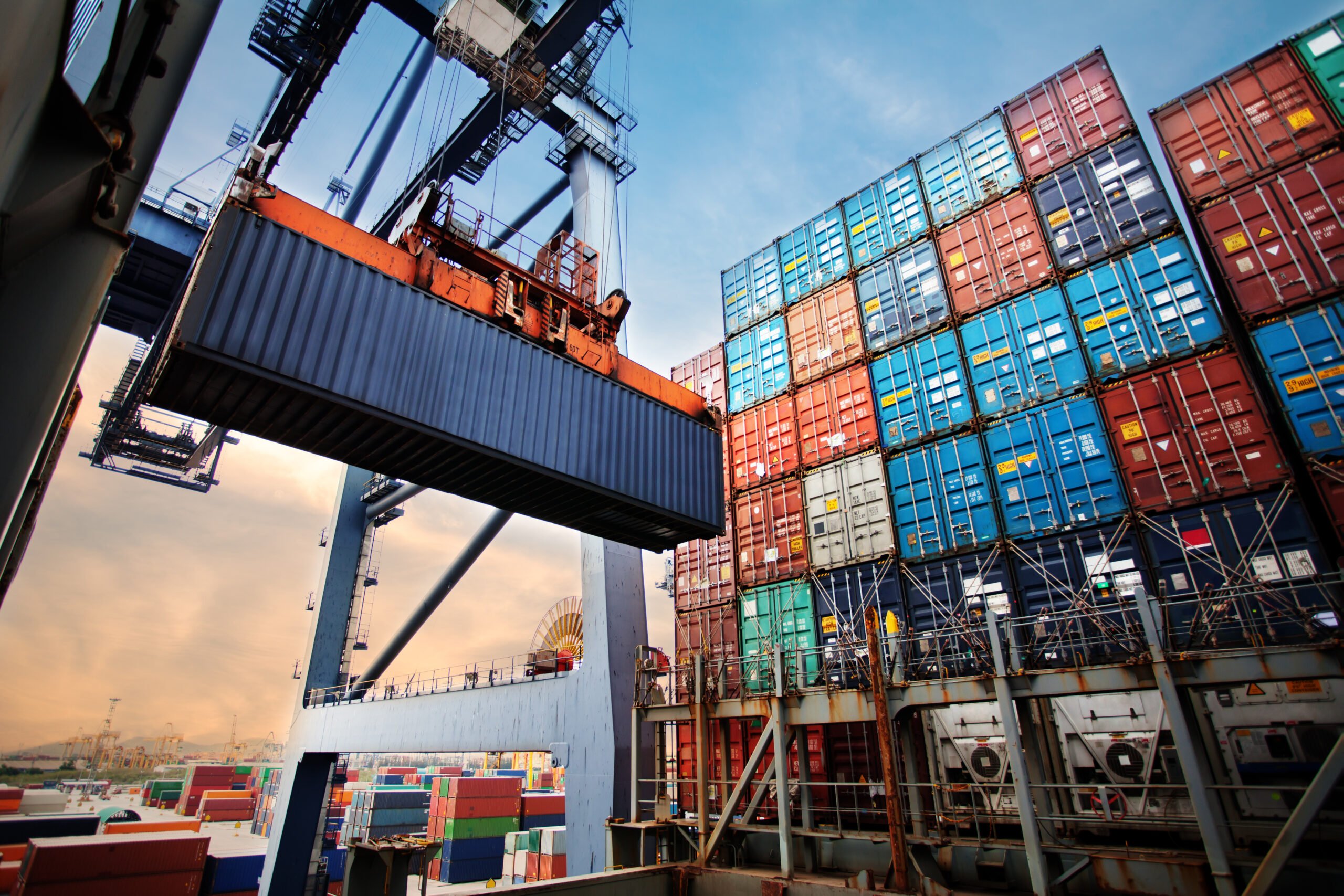A new report looking at the global trends impacting the shipping industry this year has found that 88% of supply chain leaders fear inflation and recession above all else.
Online container logistics platform Container xChange’s latest survey also highlighted that supply chain professionals are concerned about the ‘implications of war’ (57%), ‘impact of Covid in China’ (53%) and ‘worker strikes’ (23%).
“The overall outlook for the year 2023 for the supply chain industry remains challenging. Europe is hit hard with all-time high inflation; China struggles to cope with the virus and the US continues to witness hinterland transportation challenges and labour unrest,” said Christian Roeloffs, cofounder and CEO, Container xChange.
“Most of these challenges will stay in 2023. Consumer confidence will pick up, but it really depends on whether we witness more disruptions in the coming times.”
Furthermore, the report predicts that the long-term shipping contract rates will see an uptick in 2023, though gradually. This slow increase applies to all modes of transport. With negotiations going on to bring contract rates in line with spot rates, a reset is expected.
On the other hand, until there is a balance reached between supply and demand, forwarders will favour short-term contracts until the rates stabilise. “Freight forwarders will employ a ‘wait and see’ approach before making any long-term air cargo capacity commitments particularly,” the report claimed.
Trucking rates for both dry and reefer cargos will continue to drop in 2023. Freight tonnage will continue to contract as market conditions and volumes return to pre-pandemic numbers.
The report also warned that unresolved worker strikes of 2022 will spill over in 2023. While, the chances of new strikes coming up are high due to inflation-related rise in prices putting pressure on workers’ disposable incomes. Labor dissatisfaction might grow in European and North American economies. In that case, it will cause disruptions in global supply chains.
“Two, almost three exceptional years for carriers are definitely coming to an end. They will have to adapt back to lower margins due to a different supply and demand balance. Many customers, forced into high-cost contracts during the up-cycle, will come for revenge in the down cycle,” added Ruben Huber, founder and director, OceanX, a non – exclusive global network of leading ocean freight providers.
“And regulatory pressures, following excessive profits might appear on top of that, be it through bodies like FMC, EU or China’s MOC, as they each reviewing alliance exemptions, new taxation regulations, or precedence cases from several complaints raised by shippers at different institutions.’’
The report further covers the growing expectation of 3PL (third party logistics) market to solidify in 2023. Reportedly, it’s projected to reach US$1,800bn by 2027.
Another key trend on the list is around the digital transformation of the industry, the survey found. In the years to come, the adoption of digital technologies in shipping will focus on vessel schedules, intuitive booking interfaces, instant slot booking, and capacity confirmations. In this regard, the industry’s major concern will be on having systems interact directly via automating the Data-Analysis-Decision-Action cycle.









